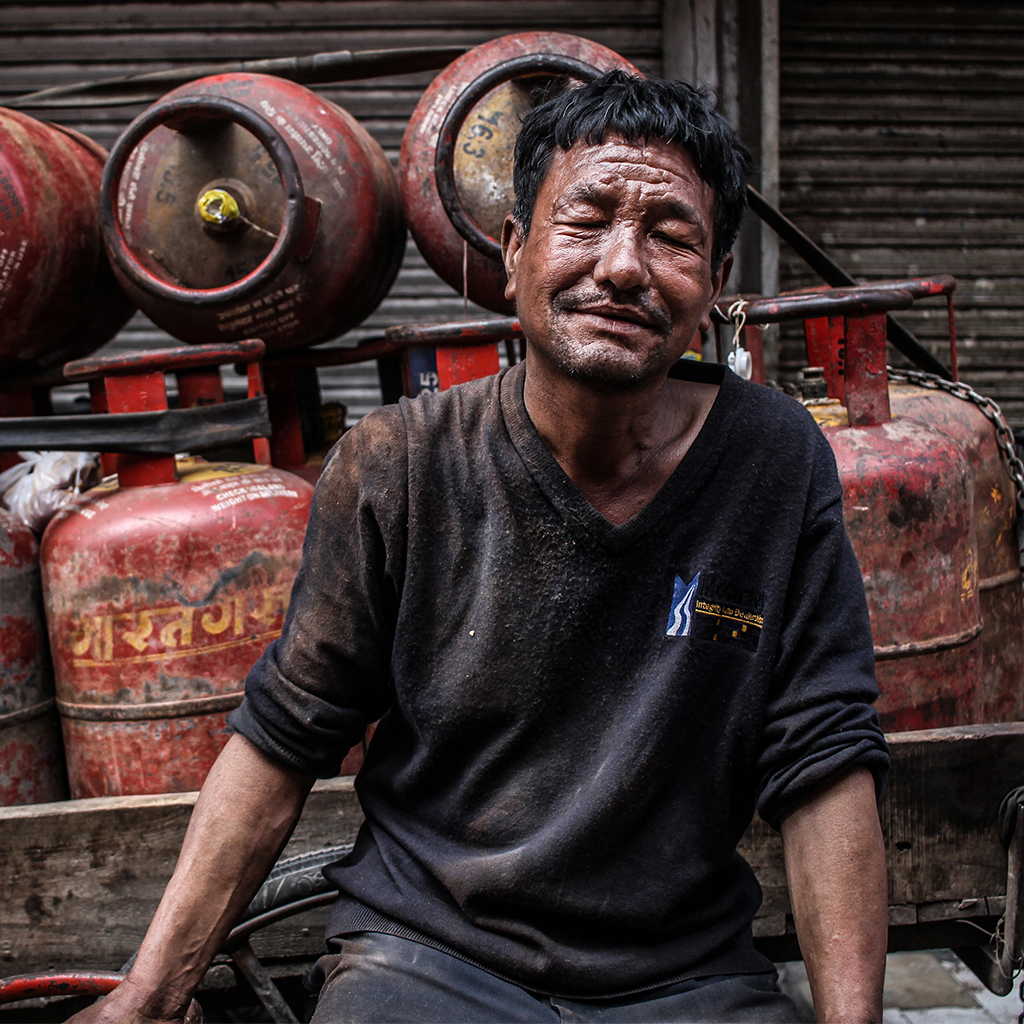This is the final excerpts of John Cheatham’s booklet Reaching The Blind Poor.
The subject of the cost of surgery to the poor is highly controversial to many. To me, it is very straightforward: if we have the economic resources to provide surgery at no cost or at very low cost, we will treat many, many more patients. The very least we can do is operate one eye if the patient has no means to pay– an approach repeatedly stressed by the highly respected Medical Director of CBM, Dr. Allen Foster.
Based on my own ten years in Guatemala, I found that only some 20% of the blind would travel to a four-hour distant treatment center even if there were no charges for the surgery. If transportation, food, and lodging were provided for the patient and accompanying family member or friend, this figure increased to roughly 85% to 90%. Much of Aravind’s [India] spectacular success is due to its recognition and implementation of this concept.
The [Mathias Eye] foundation no longer supports programs that routinely require preoperative testing other than urine glucose and blood pressure. Efficient, practical, high-volume programs have recognized all along that this testing adds nothing to the safety and outcome of cataract surgery, a fact confirmed in a detailed study which recently appeared in the New England Journal of Medicine. Its effect is only to further distance the underprivileged patient from treatment. [ We no longer require this pre-op testing on routine, healthy patients in North America but that is often not the case in many developing world countries. Years ago John had a major run-in with the medical director of a hospital in Haiti. The medical director finally admitted all the pre-op testing and consultations were simply to make money for the hospital. Needless to say, John was not pleased].
An experienced friend once made the challenging observation that eye surgery uses the same anesthesia employed in dental extractions, is much less traumatic and involves less loss of blood. Few would require this routine testing of the dental patient.
VISITING EYE GROUPS
There is an inverse relationship between group size and effectiveness. Large groups place large demands on the host organization. Just as harmful is the fact that they lead to a social life focused within the group thereby hindering the development of friendships with their hosts. Large groups often stay in expensive hotels, require special transportation to get them back and forth, etc. This further separates them and can create a barrier of resentment. Some bring photographers, seek recognition and publicity and can end up as objects of amusement and derision. The beauty of ophthalmology is that today’s technology allows us to do wonderful procedures with very little infrastructure, support staff, and equipment. To pursue it in the opposite direction is wasteful, counterproductive and beneficial to very few.
Groups often do not realize that their presence can place significant financial demands on already overburdened hospitals. Reimbursing these hospitals for costs related to their visits is just as fundamental an expense as the purchase of the airline ticket that takes them there. [Poverty tourism has become quite popular and big business. There are some travel agents that cater specifically to these groups. One thing the developing world does have is cheap labor. If you figure the total costs of having a group of North Americans show up to paint some school classrooms rather than paying a few locals, it often doesn’t add up. But I suppose it is good for the airlines and the visiting groups do spend some money in the developing country. Obviously who benefits the most are not the locals but the visiting groups].
Groups that come to distribute eyeglasses and eye drops do more harm than good, as they establish the perception of a medical need which in reality usually doesn’t exist. I have over and overseen the poor go to great lengths and expense to replace glasses that were never necessary in the first place. Their reasoning is that if the ” American doctors ” provided the glasses, vision will be endangered if their use is discontinued.
TEACHING
One of our foundation’s directors, Jim Standefer, is well known for the glaucoma courses he has taught throughout the developing world. He usually goes alone, stays as a guest with his host and forms lasting professional relationships. He teaches a practical, basic course with emphasis on the negative aspects of glaucoma treatment of the poor as well as on its potential benefits. [ If you go alone to a developing eye clinic, then you are totally dependent on your host and you are seen as their outside consultant/ friend, not a threat or judge].
The term ” appropriate technology ” has become overused and out of style. Regardless, it has not lost its relevance in tropical ophthalmology. There are a number of high-volume, experienced centers that benefit from the more recent, highly sophisticated surgical innovations. The great majority do not benefit, however, and are often set back by the attempted implementation of these techniques. [An example of this is phacoemulsification cataract surgery which often is not appropriate in many developing world situations].
I hope my summary of John Cheatham’s booklet has been useful. Certainly John did not hold back calling it as he saw it.
Baxter McLendon

